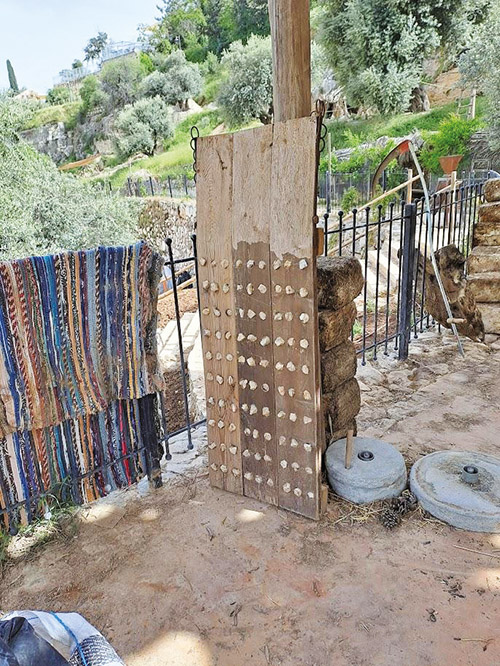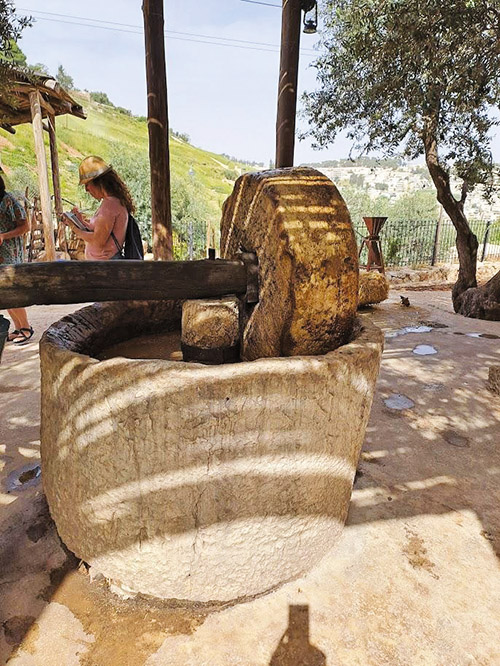
(Most of the information for this article is based on a tour given for guides at Chavat Hagai, organized by the Western Wall Heritage Foundation.)
Our Tanach is replete with descriptions of the agricultural lifestyle of the Jewish people in days of yore. During the time of the first Beit HaMikdash, 99% of the Jewish people were farmers. Each tribe had its nachalah, its inheritance, which was passed down from father to son. Working the land of Israel was not just a necessary task to provide physical sustenance, it was laden with spiritual meaning! Commandments relating to produce abound: tithes, gifts for the poor and more. Each season had its produce that was relevant to the spiritual message of the time of year. The physical land of Israel reflects a spiritual reality and message that teaches us to sanctify the physical and elevate it in the service of G-d.
How can we get more of a feel of the physical reality of that time? What was the life of a Jewish farmer like? A visit to Chavat HaGai in the Hinnom Valley really brings that experience to life! The site, which is jointly operated by the National Parks Authority (רשות הטבע והגנים) and the City of David, teaches about the agricultural society of Israel in the Beit Hamikdash Era.
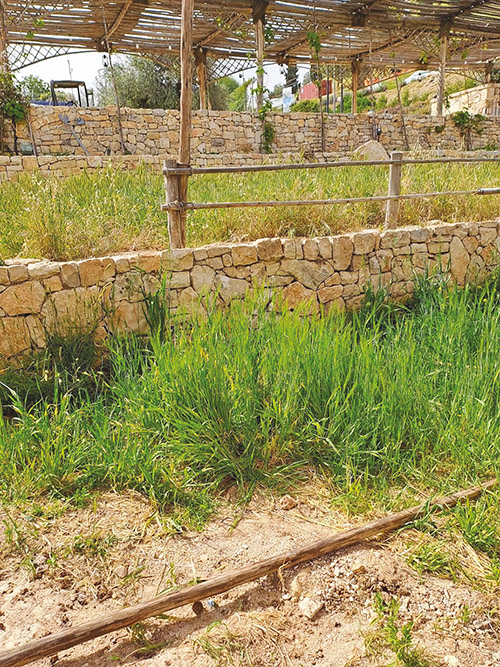
As opposed to the land of Egypt, where the Nile generously provided water to its inhabitants, the land of Israel is directly dependent on the grace of God to provide rain. Water in the land of Israel has always been a scarce and precious commodity. Upon entering the farm, we can see a waterfall that demonstrates how natural springs were harnessed to bring water precisely to the fields that needed it. Channels were dug that could be closed and opened as necessary. A precisemount of required water could be sent to a field that needed it, and then that channel was closed to prevent an excessive use of water.
Jerusalem is surrounded by mountains. Much of the land of Israel is also mountainous. At Chavat HaGai, we can see a model of terrace farming that shows how the mountain was carved into terraces to provide flat land for planting.
Each season of the year had its crops. On Pesach the barley was harvested, and the korban ha’omer (consisting of barley) was brought in the Beit HaMikdash. Wheat, a more elevated crop, was offered in the korban shtei halechem of Shavuot. After that, it was permitted to eat the wheat crops of that year. At Chavat Hagai we can see the wheat and barley growing, especially at this time of year.
There was a lot more to do than harvest the crop before it was ready to be eaten. The grains had to be brought to the goren, the silo, where they would be threshed (דש) and separated (זורה). At Chavat HaGai we can see models of the tools that were used for these processes and thereby come to better understand what went into producing a loaf of bread! We can become familiar with the world of Megillat Rut, where Rut approaches Boaz on the threshing floor. And we can better understand some of the 39 forbidden melachot of Shabbat. The words of Tanach can become a reality!
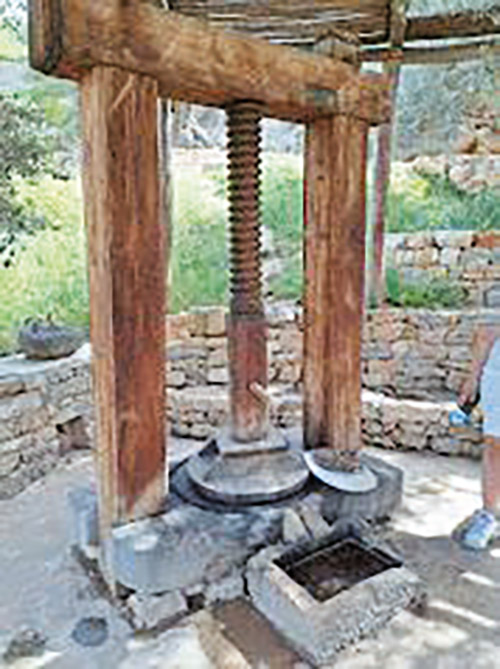
Olive oil was another important commodity in the times of the Beit HaMikdash as it was necessary for the lighting of the Menorah. At Chavat HaGai, we can see an ancient Beit Habad and understand how the olives were crushed and made into oil.
The prophet Yirmiyahu describes the Jewish people as חומר, clay, in the hands of its Maker. In the ancient world, people didn’t use plastic! Most things were stored in clay vessels. At Chavat HaGai, participants in a special workshop can create their own clay vessels!
As you know, the physical was not the most important part of life in those days. It was the service in the Beit HaMikdash that was the pinnacle of life. The offering of the k’toret, the incense in the Beit HaMikdash, could be smelled from as far away as Yericho. But what was in the k’toret? Although most recite the פיטום הקטורת twice a day, the Rishonim debate as to what each of those spices actually were. At a special workshop in Chavat HaGai, participants can smell samples of various spices that are believed to be part of the k’toret. They can then take a few spices and grind them themselves with an old-fashioned mortar and pestle!
In today’s modern world, where less than 1% of Israel’s citizens are farmers, a visit to Chavat HaGai can really make the ancient world come to life! It can give an appreciation for the diligence and commitment of our ancestors and also help us to appreciate modern conveniences. As we approach the holiday of Shavout, may we be zoche to soon bring our bikurim, our first fruits, with song and gratitude to the Beit HaMikdash!
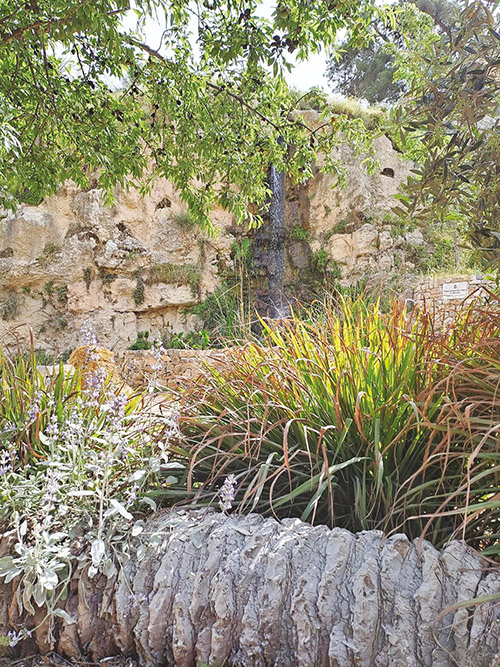
Hava Preil is an enthusiastic, licensed Israeli tour guide. She grew up on the Upper West Side of Manhattan and holds an MA in Judaic Studies. Hava has developed and taught accredited courses in Tanach and Jewish Ethics for Naaleh/Woodmont College and Cybersem. She currently lives in Givat Ze’ev, Israel with her family. Hava can be reached at IL:054-844-1579, USA: 845-391-0438 or at Havapreil@gmail.com
